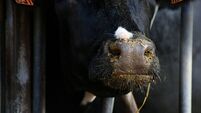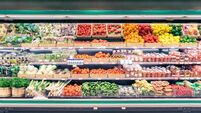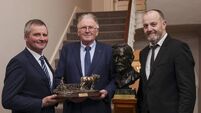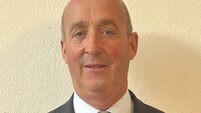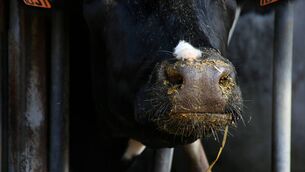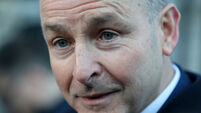The first glimpse at a new forage machine which could be on its way to Ireland
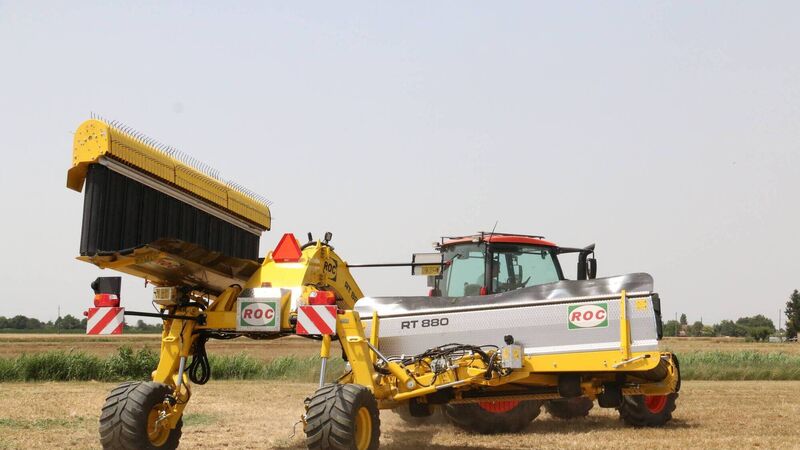
ROC's conveyor system merger
Farming Editor Rachel Martin was among four Irish agri-journalists to get the first glimpse behind the scenes at Kverneland Group’s latest acquisition – an 80% share in ROC Company.
The merger, with the Northern Italian firm that manufacturers forage mergers, was announced in October.

